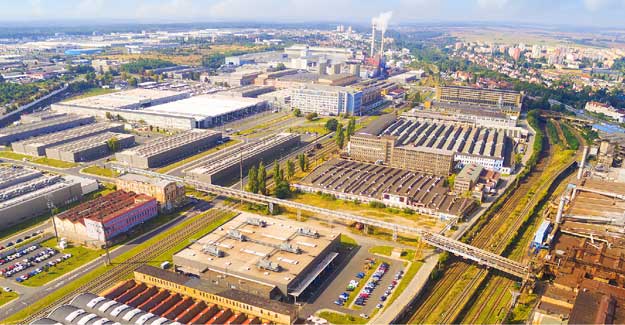
Maharashtra Industrial Policy Aims At Rs 10 Trillion Investments
Maharashtra recently unveiled an industrial policy for 2019-24, promising investments worth Rs 10 trillion and 40 lakh jobs. Focused on industrial growth and development of backward Vidarbha and Marathwada regions, it has a special component for developing the tribal belts of Nandurbar, Washim and Gadchiroli under the industrial cluster development project. A key feature of the policy is the Chief Minister Employment Generation Programme (CMEGP), aimed at addressing the growing unrest over the lack of jobs. The aim is to create two lakh youth entrepreneurs in manufacturing and service sectors in five years. State chief minister Devendra Fadnavis said the policy will help migrants from the state to return home and train eligible persons between 18 to 45 for self-employment, for which equity will be converted into back-end subsidy, to be provided by the state government against bank loans. Under the scheme, one would get a maximum of Rs 50 lakh under the manufacturing sector and Rs 10 lakh under the service sector. A Maharashtra Export Promotion Council will be set up to attract global investment in core sectors. The industrial policy stressed an industrial cluster-based approach to promote sustainable, cost-effective and inclusive strategy to ensure competitive and improved micro, small and medium enterprises (MSME) units. MSME's eligible new units in north Maharashtra, Vidabrha, Marathwada, Raigad, Ratnagiri and Sindhudurg in Konkan will get power tariff subsidy of Re 1 per unit consumed. Up to 100% stamp duty will also be exempted for eligible MSMEs. The other aspects of the policy include revival and unlocking assets tied up in closed units. Focus on increasing cotton processing in next five yrs The CM said that the emphasis is also on ensuring that in the next five years, all raw cotton grown by farmers is processed at spinning mills within the sate. At present, only 30% of the cotton grown in the state is processed. Fadnavis said, "The state government has made provisions to infuse higher seed capital and incentives for entrepreneurs in the textile sector. The state, which has made a policy to promote textile hubs in cotton growing belts of Vidarbha and Marathwada, has also laid emphasise on increasing cotton processing. The objective is to strengthen the market through the government's 'farm to fashion' policy. This sector caters to a sizeable population - from farmers to youths. Over the years, it has undergone significant changes, bringing about innovations through the use of technology and designs," he added. The government's decision to keep electricity tariff rates low for textile traders has helped make the sector more competitive, especially the handloom business, said the CM. Since the last textile policy (2012-17) was introduced, the government has attracted investments worth Rs 20,000 crore and generated three lakh jobs, Fadnavis added. "However, in the next five years, the government hopes to double the investment, targeting to cross Rs 36,000 crore. To make the textile sector more vibrant, impetus is being given to public-private partnerships." Maintaining that the textile industry is significant for the growth of the GSDP, Fadnavis said: "The sector contributes 14% to India's industrial production, 4% of GDP and 13% of the total exports. Maharashtra accounts for 30% of cotton cultivation. It has 13 lakh powerlooms - half of the total number in the country."
Textile Excellence
If you wish to Subscribe to Textile Excellence Print Edition, kindly fill in the below form and we shall get back to you with details.








